iMessage Not Working on Mac? Here’s the Quick Fix


iMessages can be sent between Apple users in the Messages App and have many cool nifty effects and features. Although it is primarily a phone app, it can be used on your Apple Watch, iPad, iPod touch, and MacBook. We will give you tips on how to sync messages from your iPhone to your Mac, as well as iMessage troubleshooting tips!
How to Enable iMessage on Your Mac
Before you start troubleshooting, make sure that you have correctly enabled iMessage on your Mac. To do this:
- Open Messages on your Mac. If it isn’t in your dock, you can find it in the Applications list in your Finder.
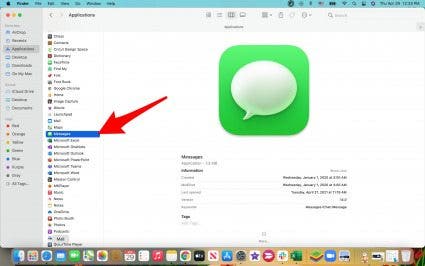
- Sign into Messages with your Apple ID. You may need to complete a two-step verification process.
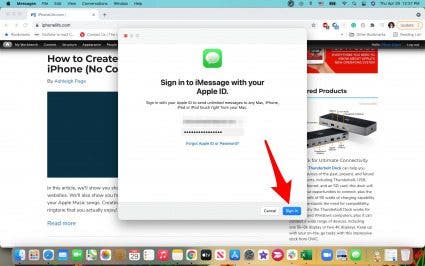
- You should now have access to all your messages. You may see phone numbers instead of contacts; we will cover this in the how to fix iMessage contact sync issues section.
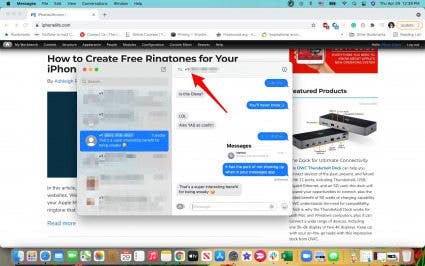
Now you know how to turn on iMessage on your Mac properly! Next, you can start fixing any glitches, such as iMessage not syncing on your Mac.
Pro Tip: Keep in mind that you need to be connected to Wi-Fi for Messages to work on your Mac. To learn more about iMessage sign up for our free Tip of the Day newsletter.
How to Sync iMessage to Mac
Once you enable iMessage on your Mac, you need to make sure that everything is syncing properly. The most common answer to "Why is my iMessage not working?" is that there's an issue with syncing.
- Open Messages on your Mac. If it isn’t in your dock, you can find it in the Applications list in your Finder.

- Click Messages in the menu bar.
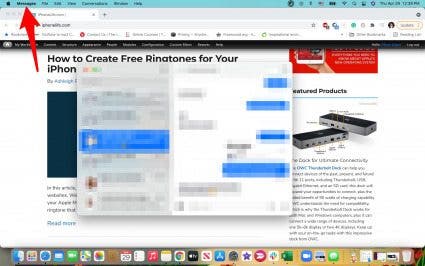
- Open Preferences.
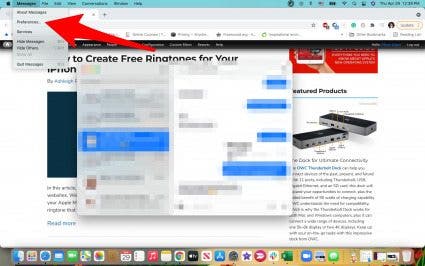
- Click on iMessage.
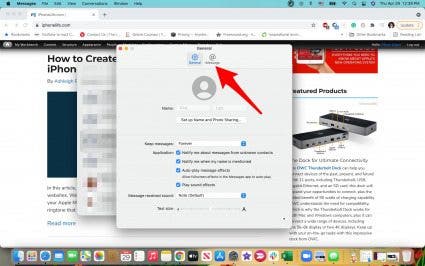
- Click the box to Enable Messages in iCloud.

- Your changes will auto-save; you can close the window by pressing the red x.
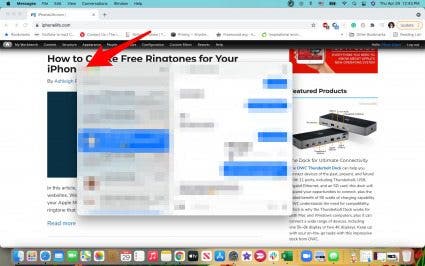
Your messages should now sync automatically. If they don’t, you can always try opening Preferences and clicking Sync Now on the iMessage tab. If this doesn’t work, you could try signing out of Messages and signing back in.
How to Sign Out of iMessage on Your Mac
Signing out of iMessage on your Mac is a great trick to troubleshoot. But if you want to know how to stop receiving messages on your Mac, this is also the way to do it. To learn how to log out of iMessage on Mac:
- Open Messages on your Mac.

- Click Messages in the menu bar.

- Open Preferences.

- Click on iMessage.

- Click Sign Out.
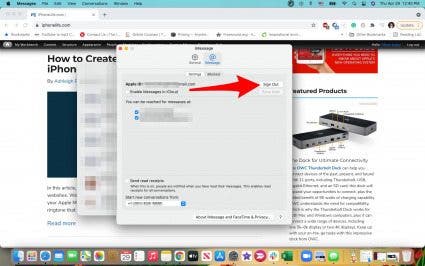
Now you know how to log out of messages on your Mac! If you need to log back in, follow the steps in the how to enable iMessage on your Mac section.
How to Fix iMessage Contact Sync Issues
You may be wondering, "Why are my contacts showing up as numbers on my Mac?" The reason is that your iMessage contacts are not syncing on your Mac. This is easy and quick to fix:
- Click the Apple icon in the menu bar.
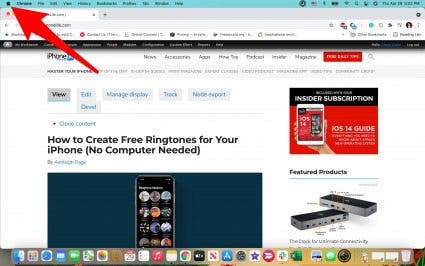
- Open System Preferences.
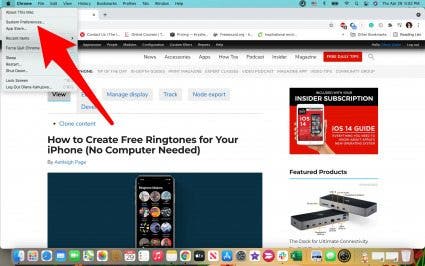
- Open Apple ID.
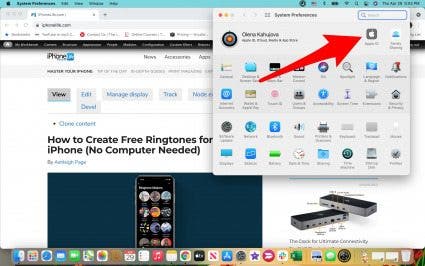
- Under iCloud, make sure that the box next to Contacts is checked.
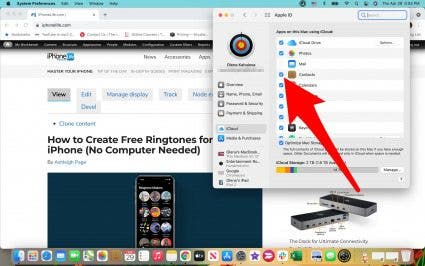
If it is already checked, click it to uncheck it and wait a few minutes before clicking it again. You may also want to quit Messages and open it again to see if the contact names have been updated. You will also have to make sure that the sync is enabled on your iPhone.
Sync Contacts from Your iPhone
Since your contacts are primarily stored on your iPhone, you need to make sure that they are being synced to iCloud from your phone as well.
- Open Settings.
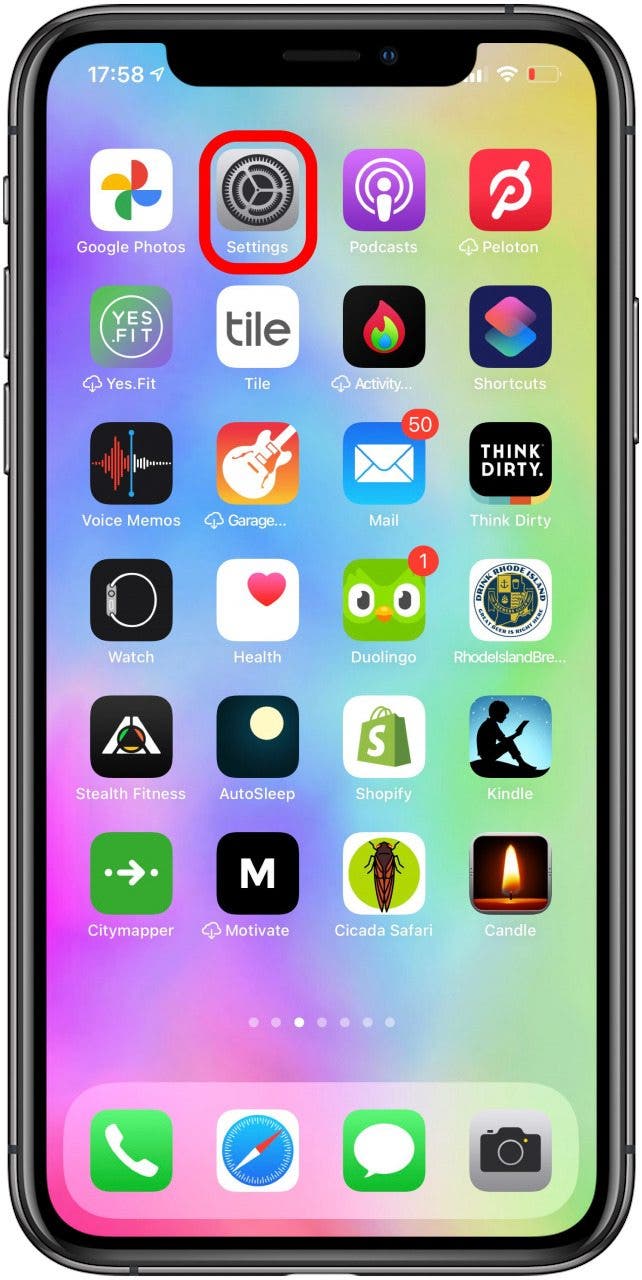
- Tap your name.
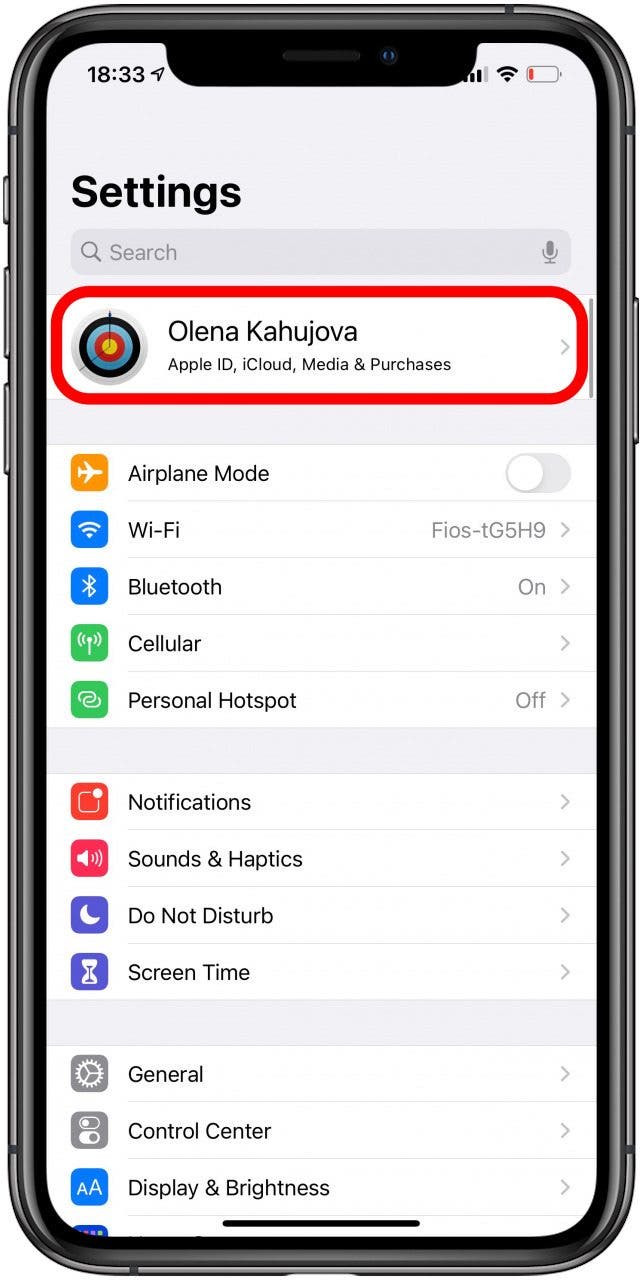
- Tap iCloud.
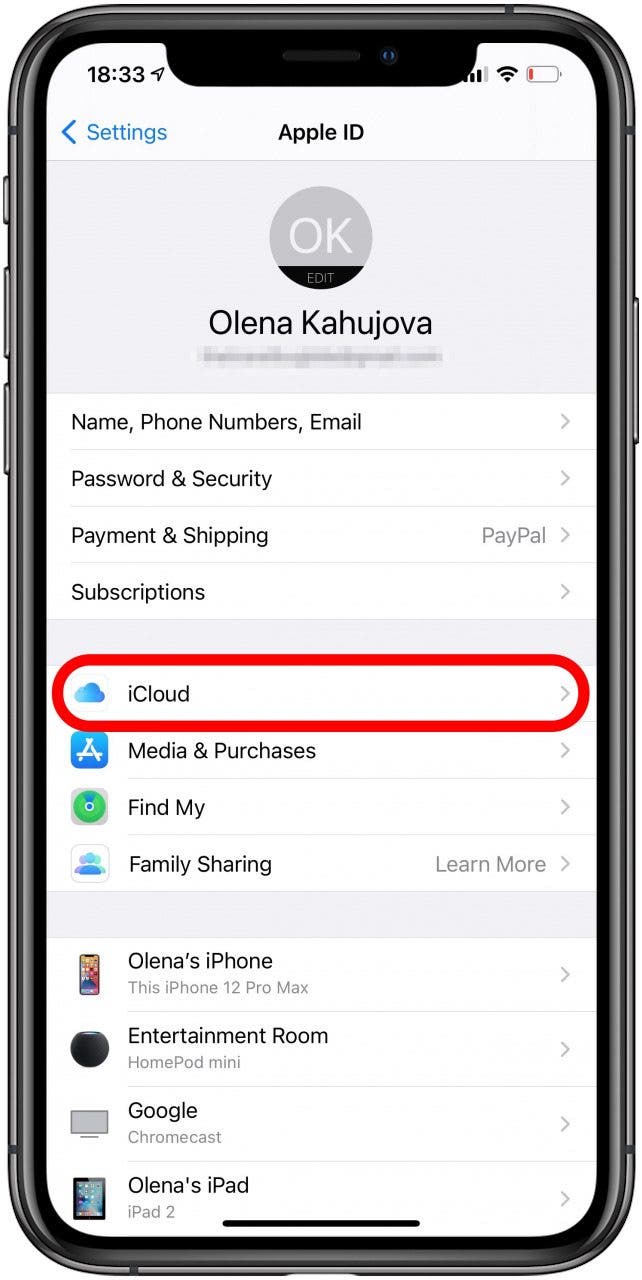
- Make sure that Contacts is toggled on.
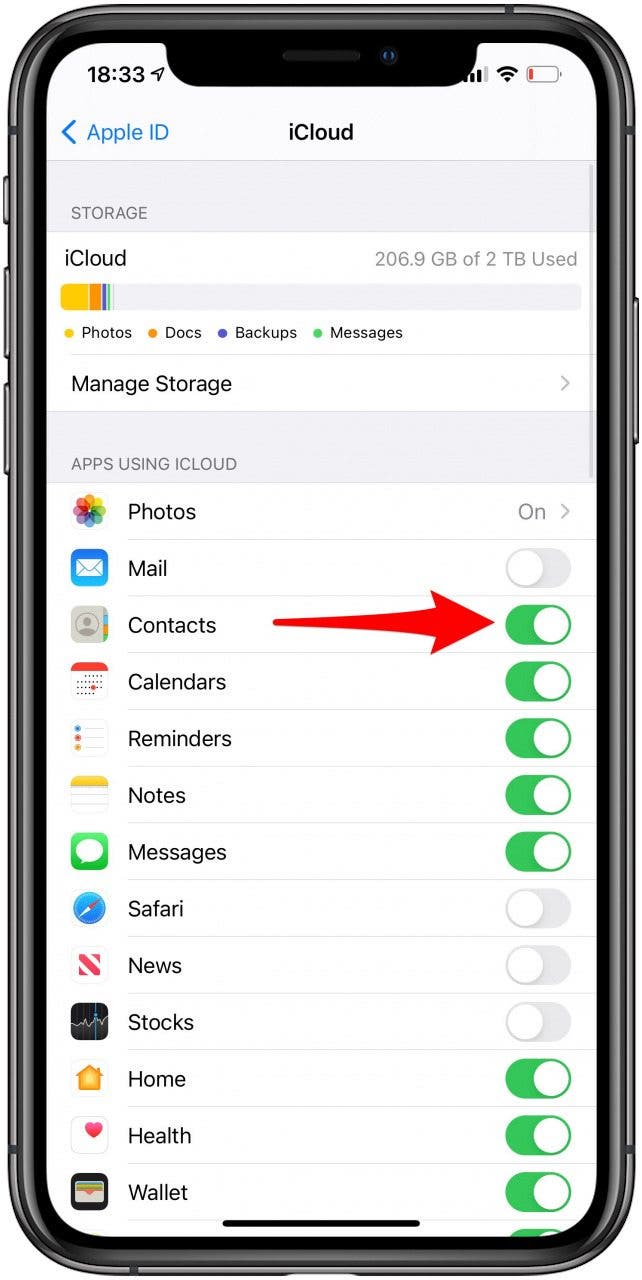
If it is already toggled on, toggle it off (make sure to select Keep on My iPhone) and then toggle it on after a few minutes. If you still can't see your contacts' names, you are experiencing an issue syncing your Contacts via iCloud that is affecting Messages. You may have to send the contacts from your iPhone to your Mac via AirDrop one by one and upload them to iCloud Contacts.
How to Make iMessage on Your Mac Work with Android Phones
It may be the case that iMessage on your Mac doesn't see Android phones. This happened to me; I was able to message other iPhone users, but all my messages to Android phones received an error message.

To fix this, you need to enable Text Message Forwarding:
- Open Settings on your iPhone.

- Tap Messages.
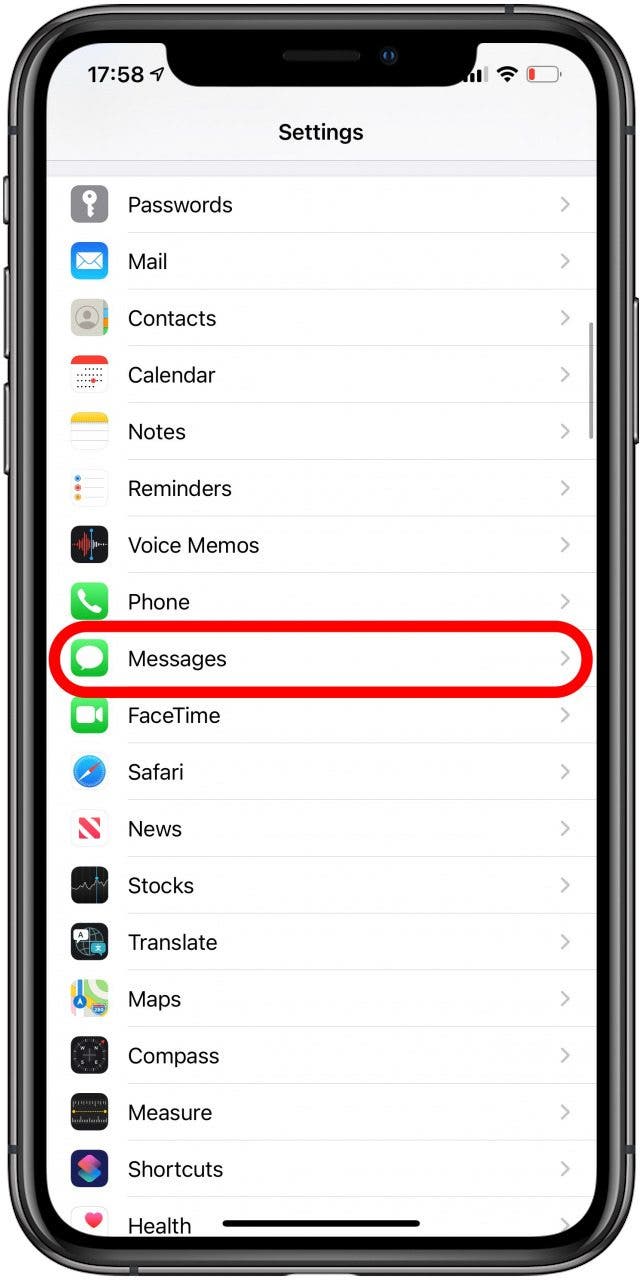
- Tap Text Message Forwarding.
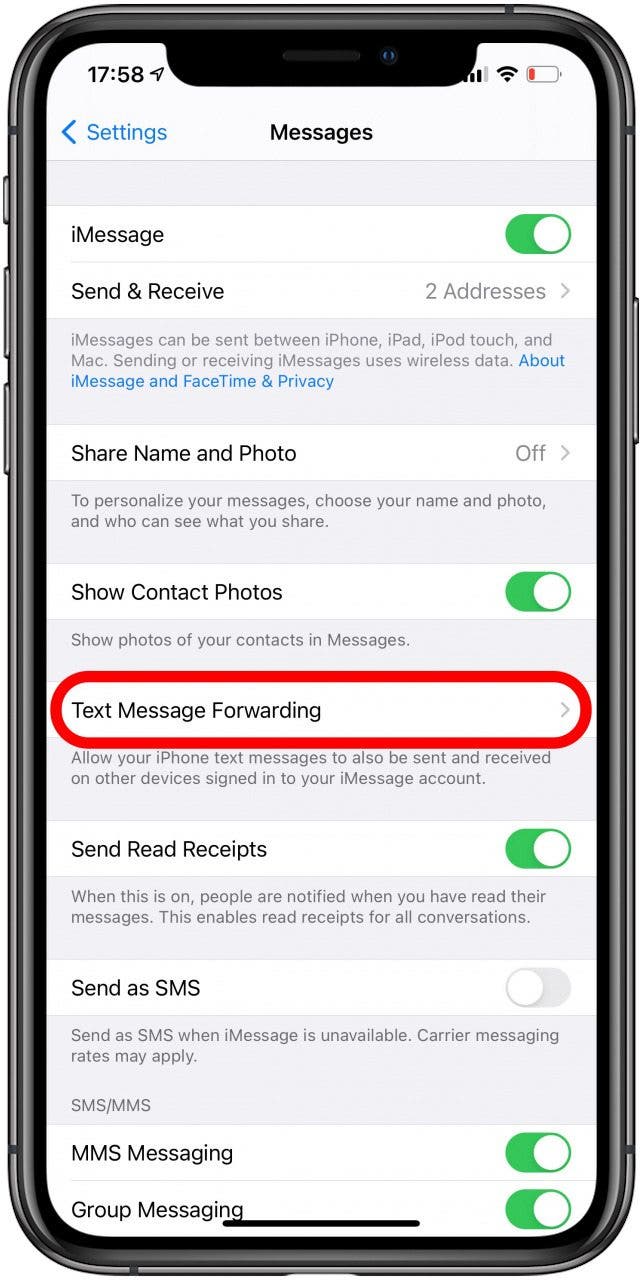
- Toggle the devices you want to send and receive messages from.
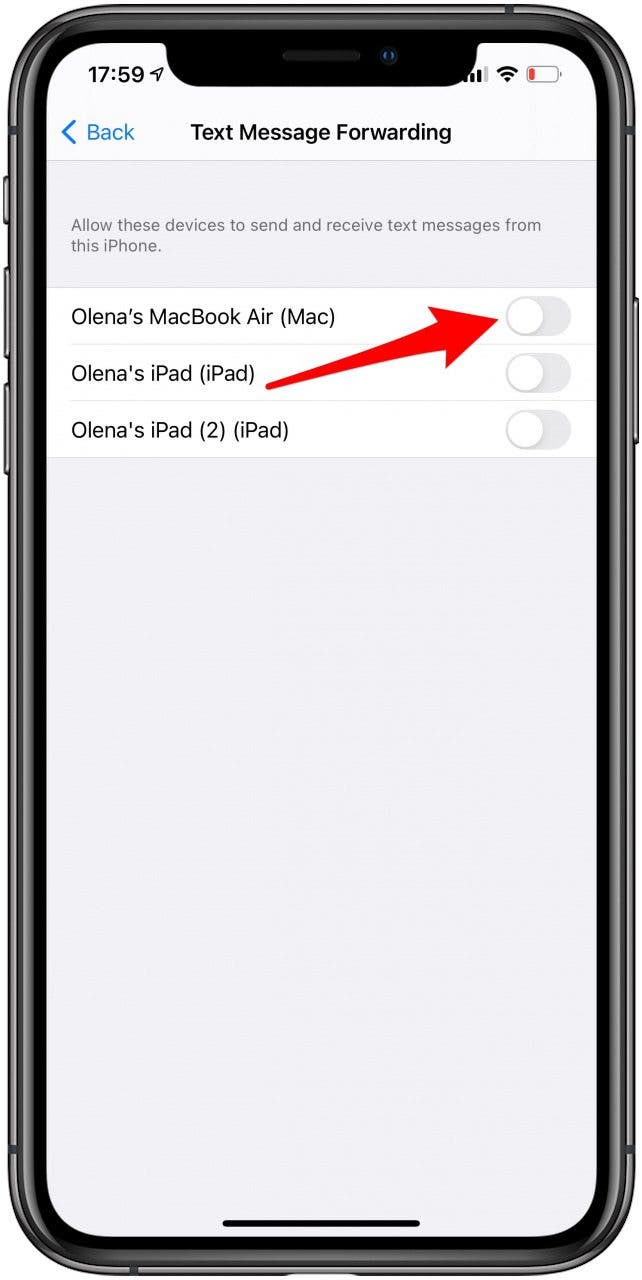
If this still doesn't work, make sure to go into your Messages settings on your iPhone and select Send & Receive. Make certain both your phone number and email address have a checkmark. This should do the trick.

Keep Your Mac Up To Date
For everything to work and sync correctly, you should always keep your devices up to date. Learn why it's important to always install software updates on all your Apple devices.
Double Check Your Apple ID
If you are still having trouble with cannot sync iMessage to your Mac, make sure you are using the same Apple ID on both devices. For the sync to work, you need to use the same iMessage login on both your Mac and iPhone. You can learn how to manage your Apple IDs here.
You should now know how to connect iMessage to your Mac and have the hang of some basic troubleshooting options. The most common issues are messages not syncing on your Mac and missing contact names. Once you know how to get messages on your Mac, you may notice yourself overwhelmed with notifications. Next, we recommend that you learn how to mute messages on Mac if you need a break from distractions! Or, if you see the iMessage Waiting for Activation error, read this.
Olena Kagui
Olena Kagui is a Feature Writer at iPhone Life. In the last 10 years, she has been published in dozens of publications internationally and won an excellence award. Since joining iPhone Life in 2020, she has written how-to articles as well as complex guides about Apple products, software, and apps. Olena grew up using Macs and exploring all the latest tech. Her Maui home is the epitome of an Apple ecosystem, full of compatible smart gear to boot. Olena’s favorite device is the Apple Watch Ultra because it can survive all her adventures and travels, and even her furbabies.

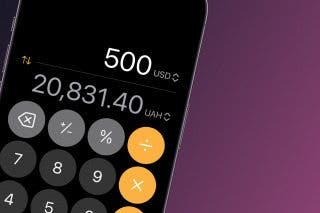
 Leanne Hays
Leanne Hays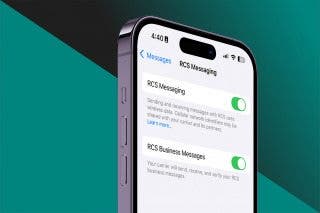
 Rhett Intriago
Rhett Intriago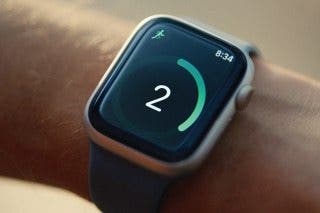
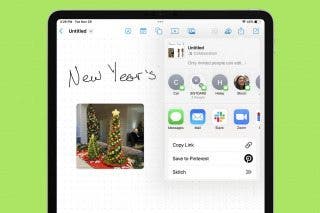
 Amy Spitzfaden Both
Amy Spitzfaden Both
 Olena Kagui
Olena Kagui

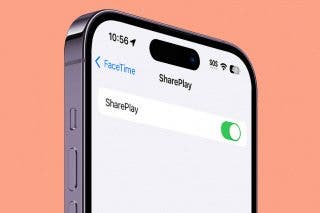

 Cullen Thomas
Cullen Thomas
 Rachel Needell
Rachel Needell
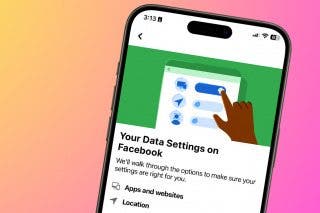

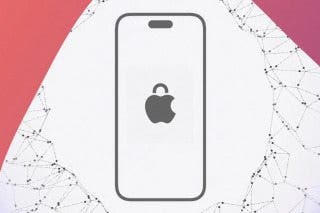
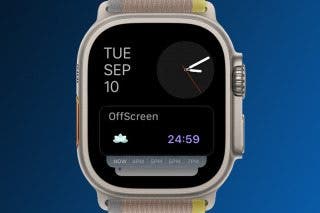

 August Garry
August Garry